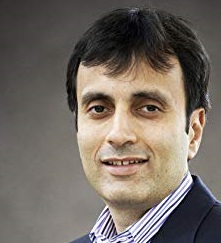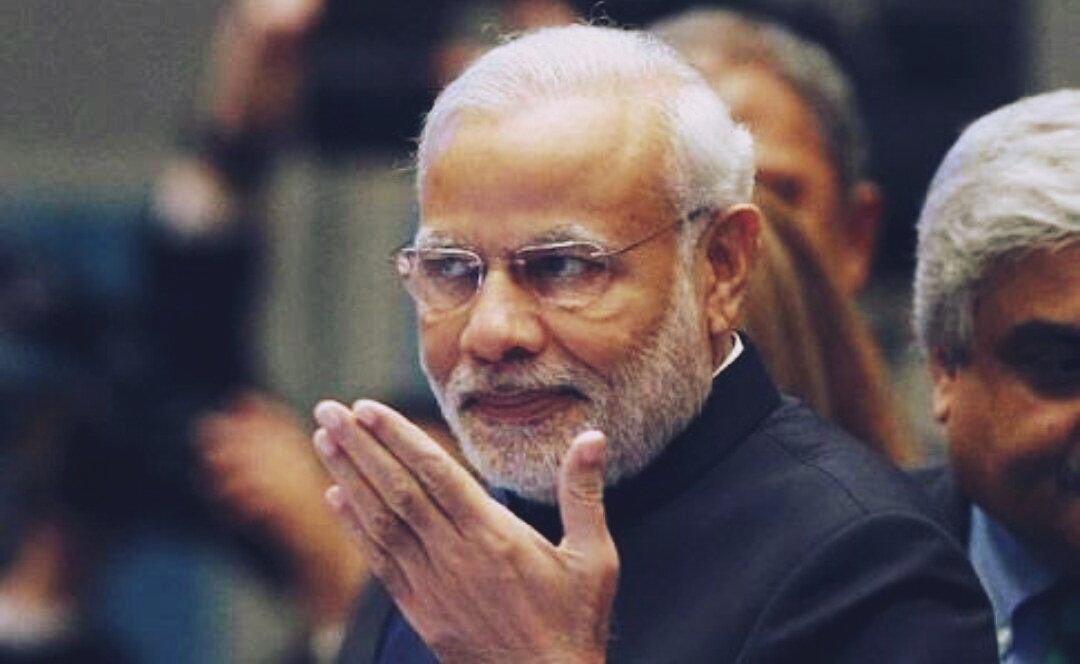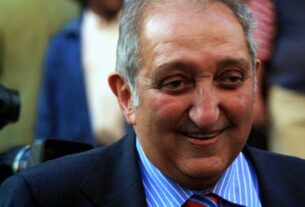he conventional wisdom in Delhi is that recent border clashes with Pakistan over Kashmir will help Narendra Modi win the landmark election that starts 11 April. If patriotic fervour benefits incumbent leaders, the prime minister is certainly well placed. A staunch Hindu nationalist, he has turned increasingly hawkish on Pakistan, and projected himself as a tough leader while centralising power in Delhi, managing the economy with a heavy personal touch and cowing much of the national press. But Indian elections are never about one dominant figure, and even if Modi is re-elected when the results emerge next month, his party is unlikely to win more than a third of the national vote, much of it in the northern states.
This endless diversity limits the extent of any nationalist movement. Anti-Pakistan feeling currently runs much stronger in northern states close to the border than in the rest of India.This in turn restricts the ability of one leader, even one as charismatic as Modi, to dominate the country. To form a governing majority for a second term, he will need to recruit more allies among the regional parties.
In states as different as Maharashtra in the west and Karnataka in the south,I have seen Modi struggle to connect with audiences because his Hindi oratory was lost in translation. He is a master of rhetorical tricks such as the call and response, but at a recent election rally that I attended in Karnataka his calls got a muted response, since many in the crowd didn’t seem to understand. Though Hindi passes for the national tongue, only around 40% of Indians speak it.
These barriers are poorly understood by outsiders, even those in the UK, who for historical reasons tend to know India and its diversity better than most. It is a mistake to think of Indian prime ministers as rough equivalents of British prime ministers, when in fact their power is more limited. India’s political system magnifies its diversity, making it harder to rule from Delhi. The written constitution delegates explicit and wide powers to the state assemblies, including significant authority over finances, law and order, transport, healthcare and other critical government functions. So Modi has to deal with 29 state chief ministers, including seven who run states of more than 68 million people.
Voters in India often see themselves as Tamils, Marathis or Bengalis first, Indians second; and these sub-national identities make it hard for any nationalist to dominate all of India. Regional loyalties run deep in the southern states of Tamil Nadu, Andhra Pradesh and Kerala, where Modi and his Hindu nationalist Bharatiya Janata Party (BJP) are marginal players. As recently as 2016, when the popular cult that swirls around Modi in parts of northern India was reaching its peak, I asked voters in Tamil Nadu what they thought of him, and one shot back: “Modi who?”
In developed democracies incumbency is a big advantage. Ruling parties have more access to money, patronage, and media time in India too, but more often than not, they lose. India became a democracy when it was still very poor, with institutions too weak to meet the needs of a booming population. For decades, voters have been taking out their frustration with the dysfunctional state on sitting leaders. The incumbent has lost two out of every three state and national elections in India since the 1970s.
In many key states, the contest will involve three or four major parties and dozens of smaller ones, which means the winner can often take a majority of seats with only a small plurality of the vote. This is what happened in the 2014 elections, when Modi took a “landslide” in parliament with only 31% of the vote, because the rest was scattered between more than 100 other parties.
Though Modi is often cast as a popular strongman, no Indian leader has ever won more seats with a smaller share of the vote. Most seats won by the BJP in 2014 came in northern “cow belt” states, where Modi’s brand of Hinducentric nationalism plays well. Even in the north, his victory had less to do with overwhelming popularity than with the opposition, which was mobilising not against him but against the other major national party, the Indian National Congress, which then held power.
This time is different. Led by Rahul Gandhi, a scion of its founding family, Congress is trying to form alliances with regional parties to stop Modi. A more decisive force in this contest is the regional party leaders, who include chief ministers Mamata Banerjee of West Bengal, Nara Chandrababu Naidu of Andhra Pradesh and Naveen Patnaik in Orissa. Unlike Modi, they are not well known outside India but they are at least as powerful, or more so, in their home states, and some see themselves as future premiers.
Even bitter rivals are uniting against Modi. In Uttar Pradesh, the most populous state, with 200 million people, and thus the most important political battleground, the former chief minister Akhilesh Yadav has forged an alliance with another former chief minister, Mayawati, a popular leader of the Dalits – once referred to as “untouchables”. Mayawati for decades blasted Yadav’s party as a “criminal enterprise” run by “goons” who oppressed the Dalits. But all that is forgotten now, as Yadav and Mayawati work together to stop Modi in a classically Indian alliance of former enemies.
When Indian politicians are on a roll, they often lead their parties into election battles without allies, but the brash prime minister has no grounds for overconfidence today. Modi can’t count just on patriotic fervour over Kashmir to win him a second term; he is having to play the game and agree to electoral deals with regional allies. For all his international reputation as India’s strongman, Modi knows it takes more than one dominant figure to rule India.

• Ruchir Sharma is the author of Democracy on the Road: A 25-Year Journey Through India
The statements, views and opinions expressed in this column are solely those of the author and do not necessarily represent those of Media Revive Network.





